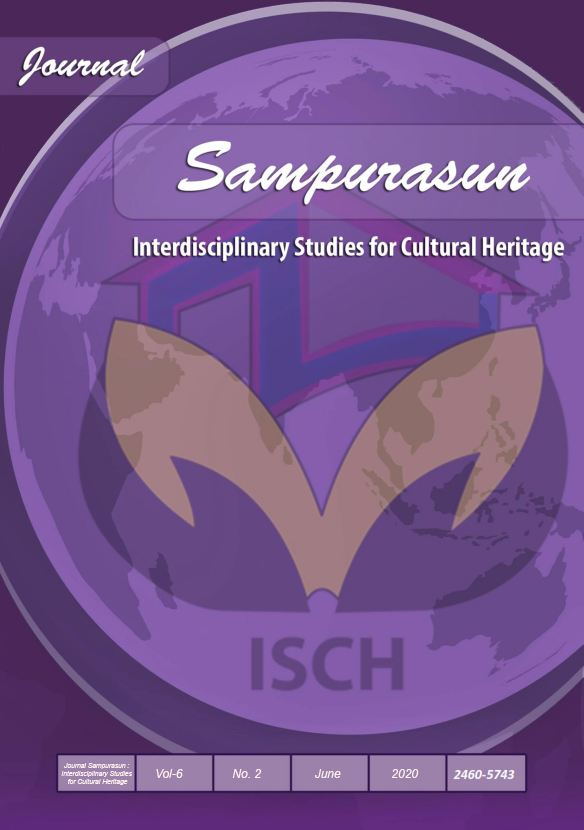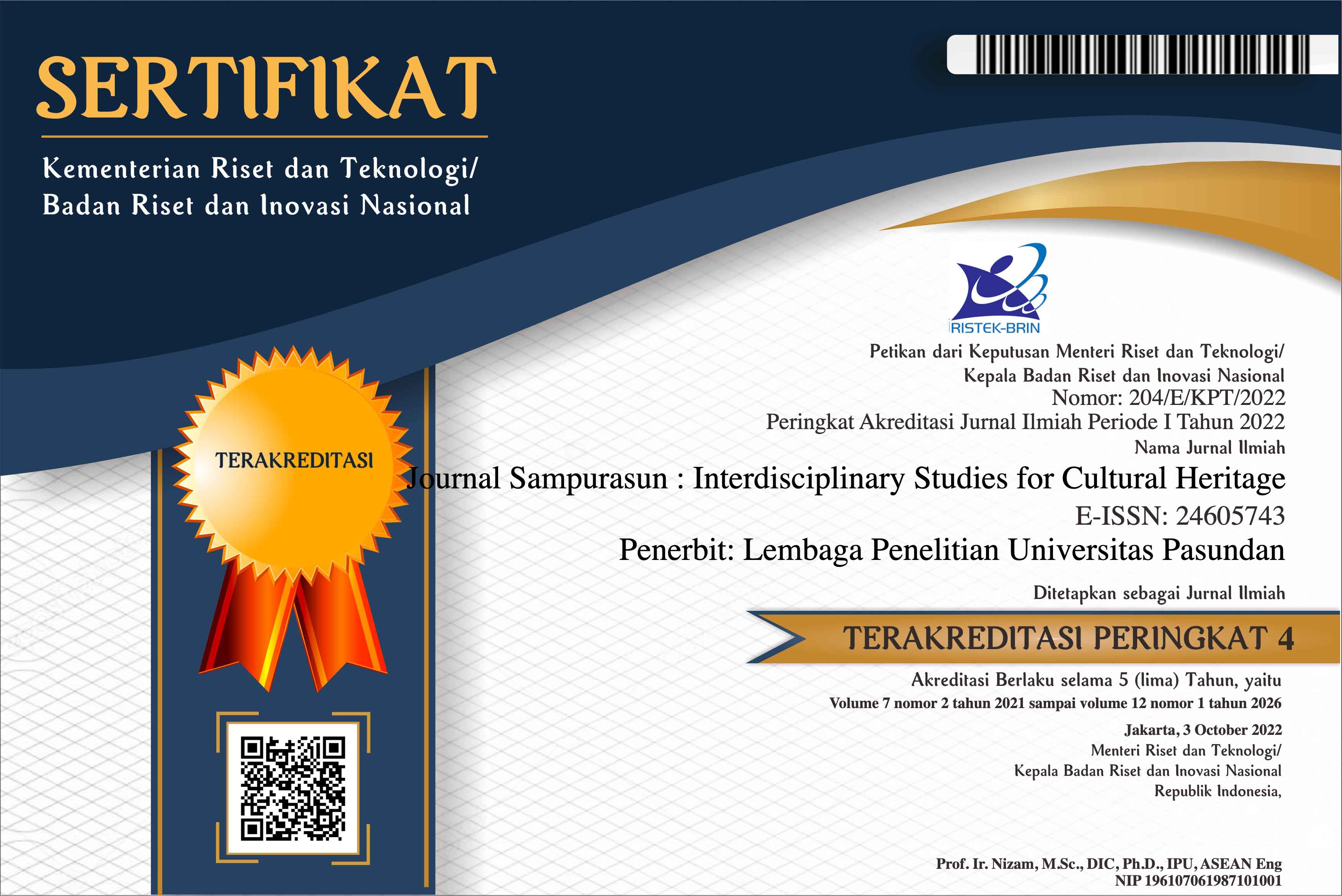ASEAN COMISSION ON PROMOTION AND PROTECTION OF RIGHTS OF WOMEN AND CHILDREN ( ACWC ) POLICIES IN ME VIOLENCE RESPONSE TO WOMEN IN THE SPIRIT
DOI:
https://doi.org/10.23969/sampurasun.v6i1.2359Keywords:
Human Right, Rohingnya, ACWC, Non-interventionAbstract
The conflict in Rohingnya is not a new thing for countries in the Southeast Asia region, this conflict has been going on for along time and is one form of gross human rights violatins. Many of the Rohingnya people who accept physical and psychological violence are no exception for women, women in the Rohingnya not only accept ordinary physical violence but also accept sexual violence as well. This study aims to explain why ACWC seems helpless in dealing with violence against women that occurs in the Rohingnya.
Downloads
References
Buzan, Barry, Ole Waever, and Jaap de Wilde. (1998). Security: A New Framework for Analysis. Lynne Colorado: Rienner Publisher.
Clive Archer. (2001). International Organizations; Third Edition. New York : Routledge.
E. Adler. (2005). Communitarian International Relations: The Epistemic Foundations of International Relations. London: Routledge. hlm. 181
E. Adler and M. Barnett. (1998). ‘Security communities in theoretical perspectives,’ dalam E. Adler and M. Barnett (eds.). Security Communities, Cambridge: Cambridge University Press.
Folker, Jennifer Sterling. (2003). “Constructivist Approaches” dalam Jennifer Sterling Folker. Making Sense of International Relations Theory. London: Lynne Rienner Publisher.
Jackson, Robert dan George Sorensen, terj. Dadan Suryadipura. (2005). Pengantar Studi Hubungan Internasional. Yogyakarta: PustakaPelajar.
Naning, Ramdlon. (1983). Cita dan Citra Hak-Hak Asasi Manusia di Indonesia, Lembaga Kriminologi. Indonesia: Universitas Indonesia.
Trianita, (2002). Hendriati dalam Surya diRadjab. Dasar-Dasar Hak Asasi Manusia., Jakarta: PBHI.
W. Matlii. (1999). The Logic of Regional Integration: Europe and Beyond. Cambridge: Cambridge University Press.
Thesis and Journal
Anugrah, Adi W. 2009. KonstruktivismedalamPembelajaranHubunganInternasionaldiaksesdarihttp://awanxhi.wordpress.com/2009/02/08/konstruktivisme-dalam-pembelajaran-hubunganinternasional/. Kamis 14.10.2010. 11:29 WIB
Ayu, Tamian Dian. (2012). “Tinjauan Hukum Internasional terhadap Etnis yang Tidak Memiliki Kewarganegaraan: Studi Kasus Etnis Rohingya, Myanmar”, FH. UI. Jakarta.
Pramono, Aris. (2010). Peran UNHCR dalam Menangani Pengungsi Myanmar Etnis Rohingya di Bangladesh (periode 1978-2002. FISIP. UI. Jakarta
Ramadhani, Bayu Azhari. (2014). Peran OHCHR Dalam Mengatasi Kasus HAM yang Terjadi Pada Etnis Rohingya di Myanmar Tahun 2012. Fakultas Ilmu Sosial Ilmu Politik. Universitas Islam Negeri Syarif Hidayatullah. Jakarta.
Soeparna, Intan. (2018). The Protection of Women Refugees based on the Prespective of ASEAN Law: The Case of Rohingya Refugees. https://doi.org/10.22304/pjih.v5n2.a2. 21 September 2018. 8 November 2018.
Website
Eilish, “Two Months On: Rohingya Refugee Crisis”, http://www.oxfam.org.nz/blogs/2017/10/26/two-months-rohingya-refugee-crisis, diaksespada&Februari 2019
Editorial. Our responsibility to protect the Rohingya. Lancet. com. 2017 Dec 23;390(10114):2740. Available from: https://www. thelancet.com/journals/lancet/article/PIIS0140-6736(17)33356-1/fulltext?code=lancet-site
Medecins Sans Frontieres. Myanmar/Bangladesh: MSF surveys estimate that at least 6,700 Rohingya were killed during the attacks in Myanmar. Msf.org. 2017 [cited 2018 Mar 18]. Available from: http://www.msf.org/ en/article/myanmarbangladesh-msf-surveys-estimate-least-6700- rohingya-were-killed-during-attacks
Medecins Sans Frontieres.. “No one was left” Death and violence against the Rohingya in Rakhine state, Myanmar. Msf.org. 2018 Mar[cited 2018 Mar 18]. Available from: https://www.doctorswithoutborders.ca/sites/ default/files/2018_-_03_-_no_one_was_left_-_advocacy_briefing_on_ mortality_surveys.pdf
Melacak Asal Usul Etnis Rohingya, dalam Republika (Online), Jakarta, 31 Mei 2015,dalam http://www.republika.co.id/berita/koran/islam-digest-koran/15/05/31/np7roj-melacak-asal-usul-etnis-rohingya. diakses 21 Oktober 2018.
Human Rights Watch. “All my body was pain”.Sexual violence against Rohingya women and girls in Burma. HRW.org. 2017 Nov 6 [cited 2018 May 2]. Available from: https://www.hrw.org/report/2017/11/16/all-mybody-was-pain/sexual-violence-against-rohingya-women-and-girlsburma
Sejarah Presekusi Rohingya, dalam The Conversation, 25 September 2017, dalamhttp://theconversation.com/sejarah-persekusi-rohingya-di-myanmar-84520, diakses 7 Februari 2019.
Downloads
Published
Issue
Section
License
Copyright Notice
Authors should not withdraw their submitted papers because the withdrawal wastes voluntary works devoted by an associate editor and reviewers. But, we accept the withdrawal of a submitted paper if authors have unavoidable reasons. In the event that a manuscript is to be withdrawn from submission to Sampurasun Journal, a letter must be sent to the editorial office requesting withdrawal by e-mail (sampurasunjournal@unpas.ac.id) with its scanned PDF file, before the notification of acceptance for publication.
The withdraw request letter must include the following information. Paper ID, Paper title, Authors names, Reason why the paper must be withdrawn, and Date and signatures of all the authors (or signature of the contact author).
If only the contact author signs the letter, he/she must obtain the agreement of the withdrawal from all the other authors and the letter must include the description that all the other authors agreed the withdrawal. The journal will not withdraw a manuscript from peer review until such a letter has been received. Authors must not assume their manuscript has been withdrawn until they have received appropriate notification from the editorial office. Withdrawal of a manuscript subsequent to acceptance for publication will only be granted in the most exceptional of circumstances.
After the paper is accepted for publication, the withdrawal is not permitted in principle. The authors must always pay the charge even if the withdrawal is permitted. Any request of withdrawal that does not follow the above procedure is treated as invalid. If illegal submission, e.g., plagiarized or duplicate submission, is found for a paper, the withdrawal of the paper will never be permitted and the authors will be punished based on the rule. It is not acceptable practice to withdraw a manuscript in the event of acceptance at another journal. This constitutes dual submission. The editorial office of the other journal will be notified of your actions. In such circumstances Sampurasun ISCH may chose to impose appropriate punitive action subject.
Withdrawal Penalty
Author is not allowed to withdraw submitted manuscripts, because the withdrawal is waste of valuable resources that editors and referees spent a great deal of time processing submitted manuscript, money and works invested by the publisher. If author still requests withdrawal of his/her manuscript when the manuscript is still in the peer-reviewing process, author will be punished with paying $200 per manuscript, as withdrawal penalty to the publisher. However, it is unethical to withdraw a submitted manuscript from one journal if accepted by another journal. The withdrawal of manuscript after the manuscript is accepted for publication, author will be punished by paying US$500 per manuscript. Withdrawal of manuscript is only allowed after withdrawal penalty has been fully paid to the Publisher. If author don't agree to pay the penalty, the author and his/her affiliation will be blacklisted for publication in this journal. Even, his/her previously published articles will be removed from our online system.


















